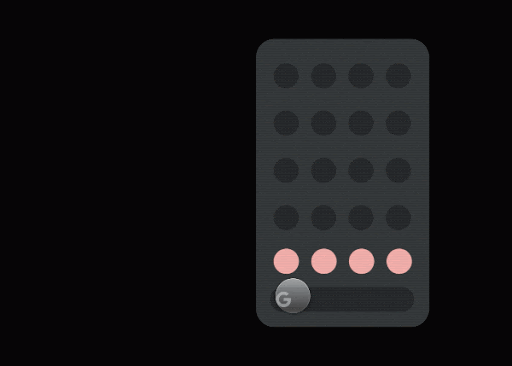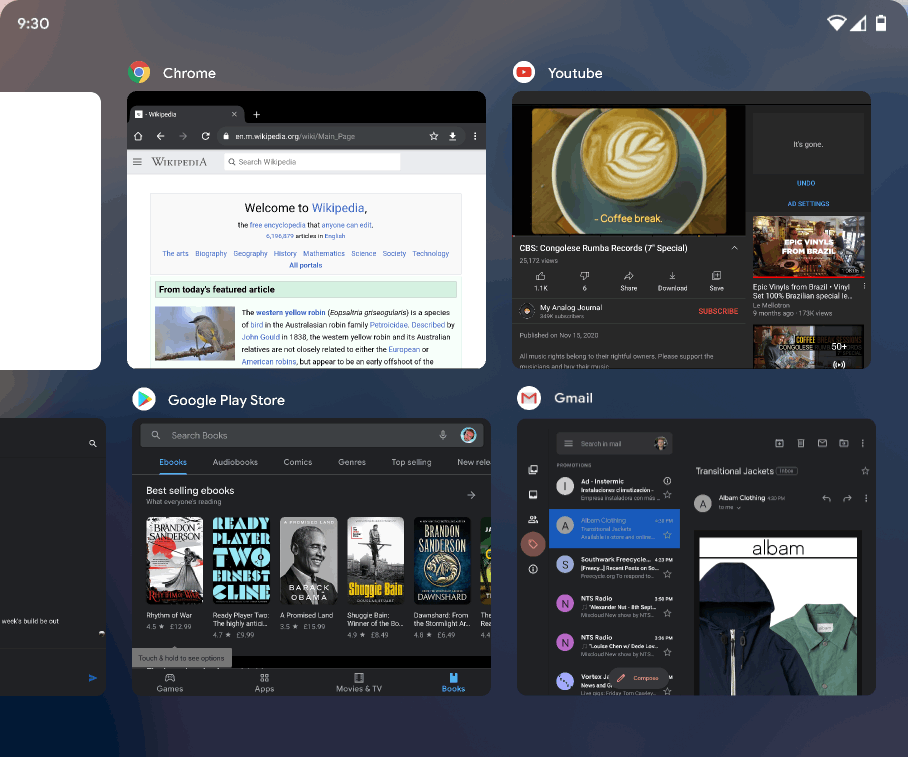Project Snapshot
Explored system-level UX concepts for foldable Android devices during their early development. The goal: define new interaction patterns and meaningful use cases that adapt fluidly to the unique form factor — not quite phone, not quite tablet.

Problem & Opportunity
Unfolding a device created a new class of experience: a compact tablet with distinct user needs. Android needed to reimagine how its core system surfaces, multitasking flows, and app behaviors responded to this hybrid mode — creating something intuitive, flexible, and purpose-built for productivity.

My Role
As part of a cross-functional UX team, I worked on conceptual exploration and prototyping. Partnered with a senior designer, we developed forward-looking concepts that shaped Android’s thinking on foldables. Our focus was on multitasking, app pairings, and posture-aware UI adaptations.

Key Activities & Process
- Sketched and prototyped dozens of new system UX ideas
- Developed interaction models for multitasking and app combinations
- Explored how device posture could trigger contextual UI shifts
- Collaborated with other designers and Android system teams
- Created design artifacts that influenced future foldable direction
Design Highlights
Multitasking & App Pairing Concepts:
Designed scenarios where users could pair apps side-by-side, enabling powerful dual workflows (e.g., calendar + email, messaging + doc editing). These ideas leaned into the extra space foldables provide, helping users do more — faster.

Impact
- Concept work influenced early design direction for the Pixel Fold 1
- Helped Android frame key questions and use cases for foldable UX
- Set groundwork for posture-aware system surfaces still evolving today
What I Learned
Designing the future takes more than ideas — it takes influence. I learned that to move speculative work forward, you need to do the legwork: pitching, aligning, and building consensus with an ever-expanding group of stakeholders.
